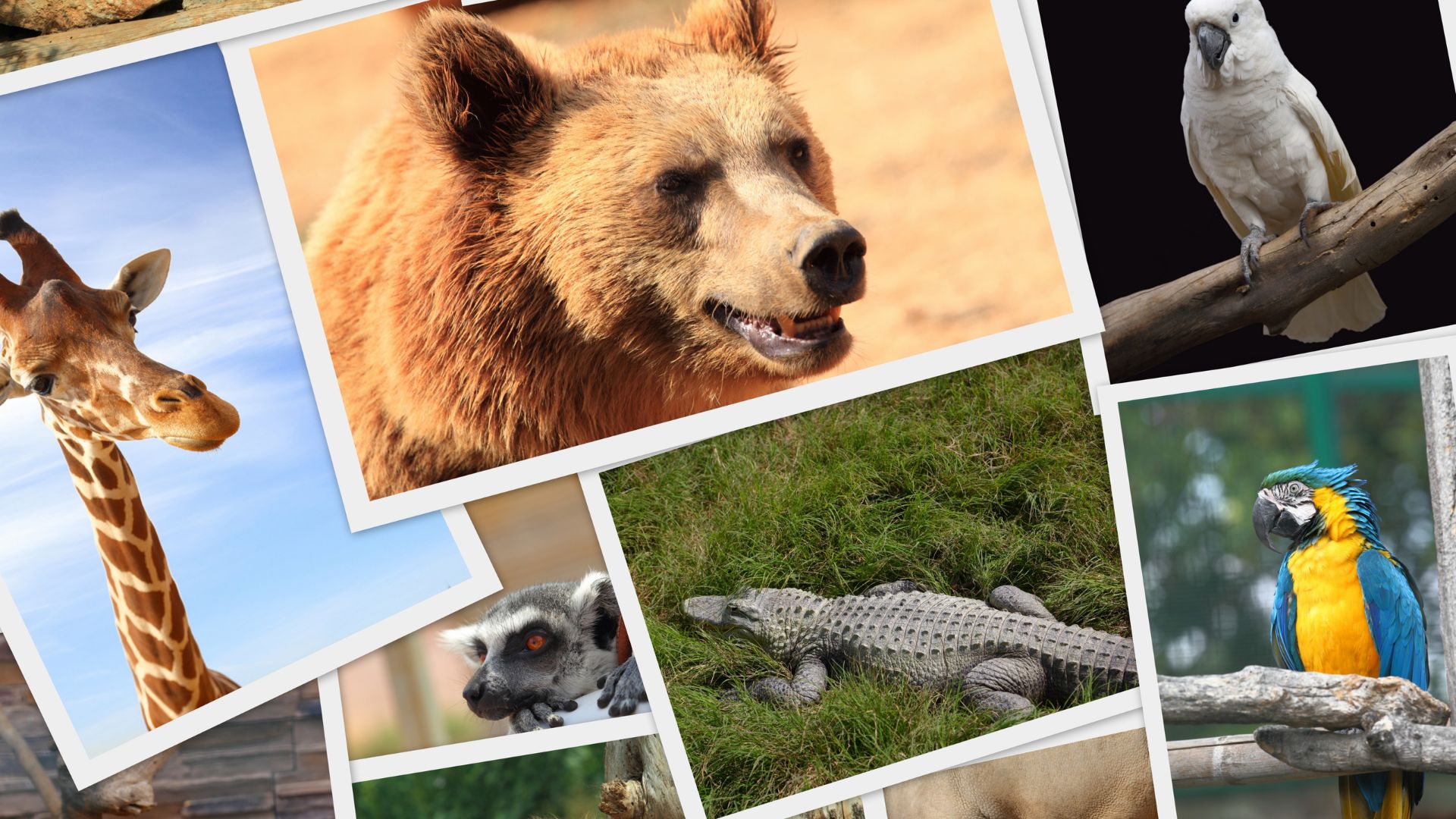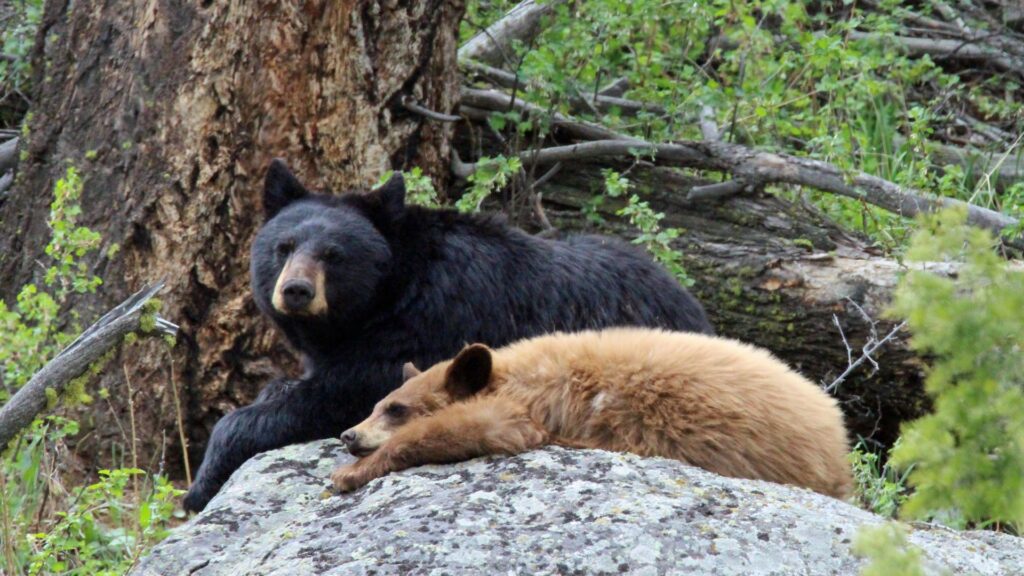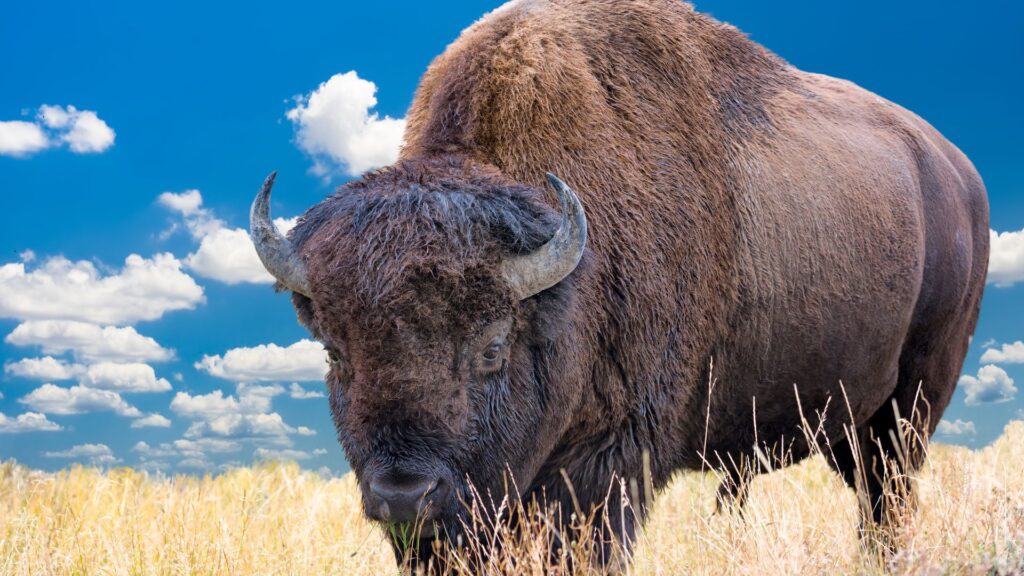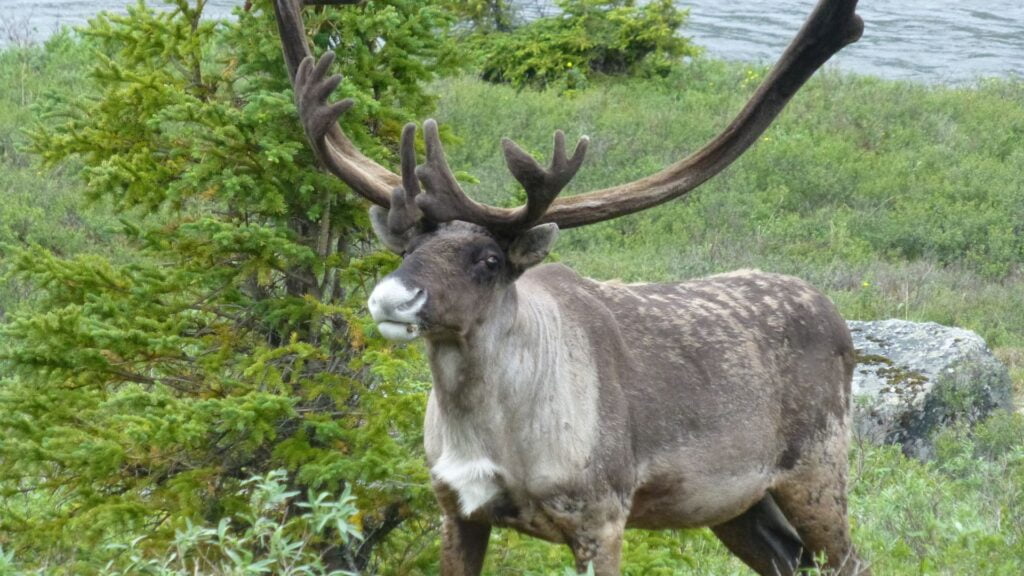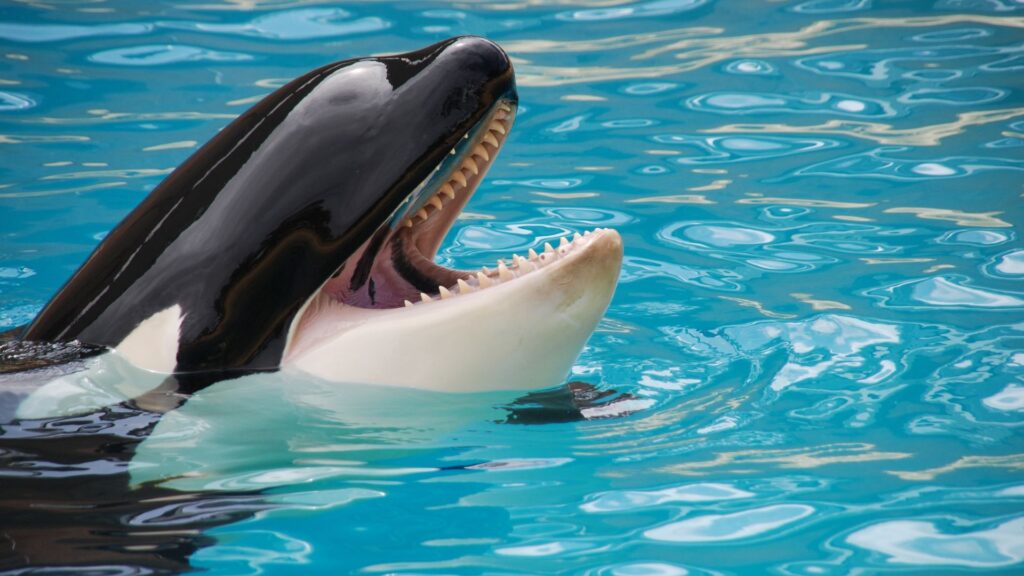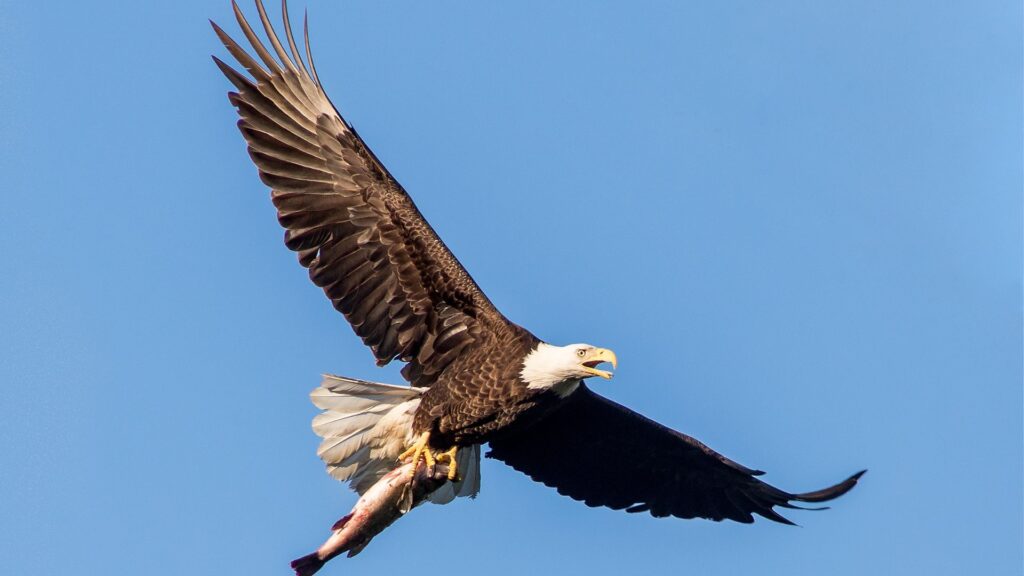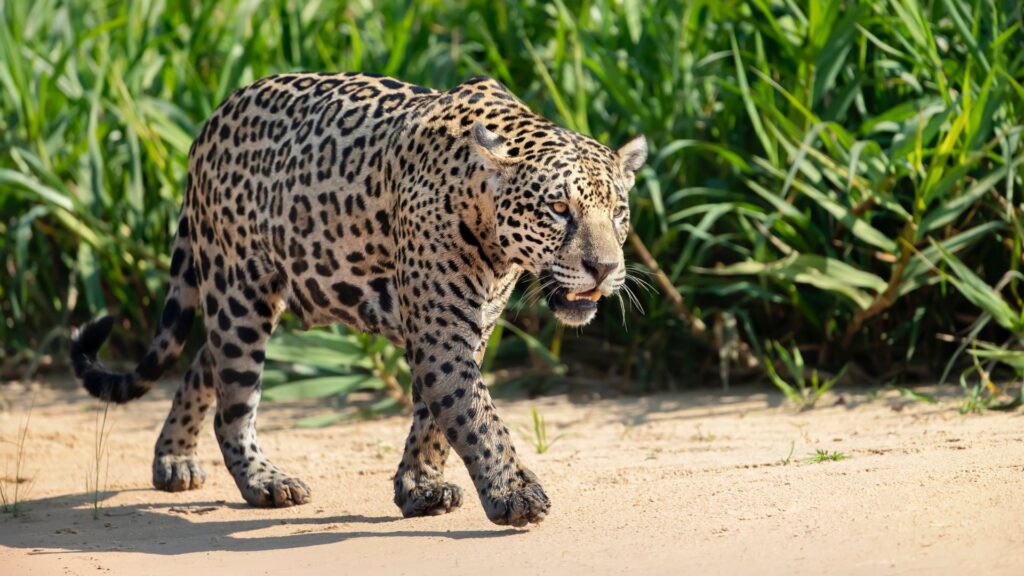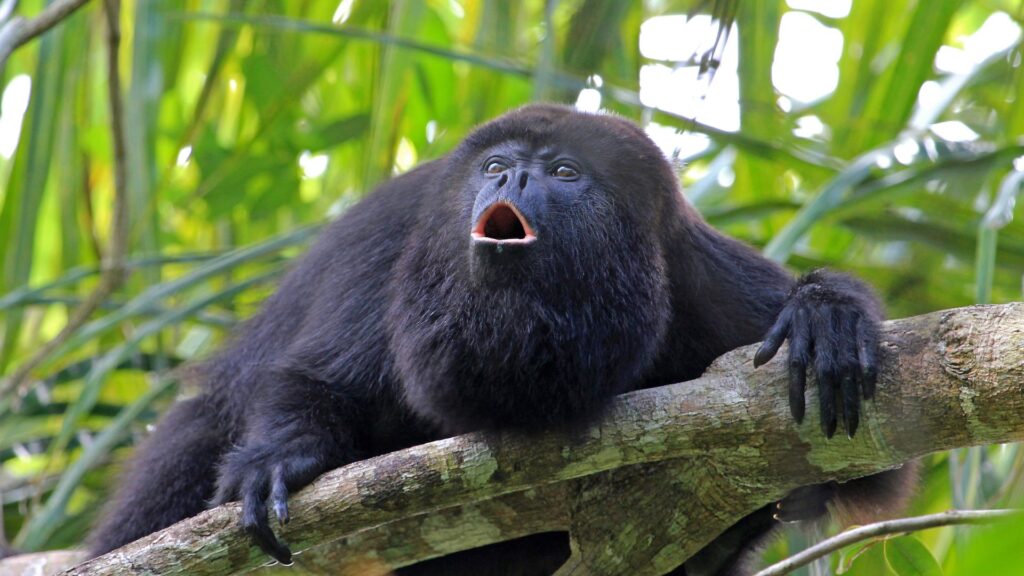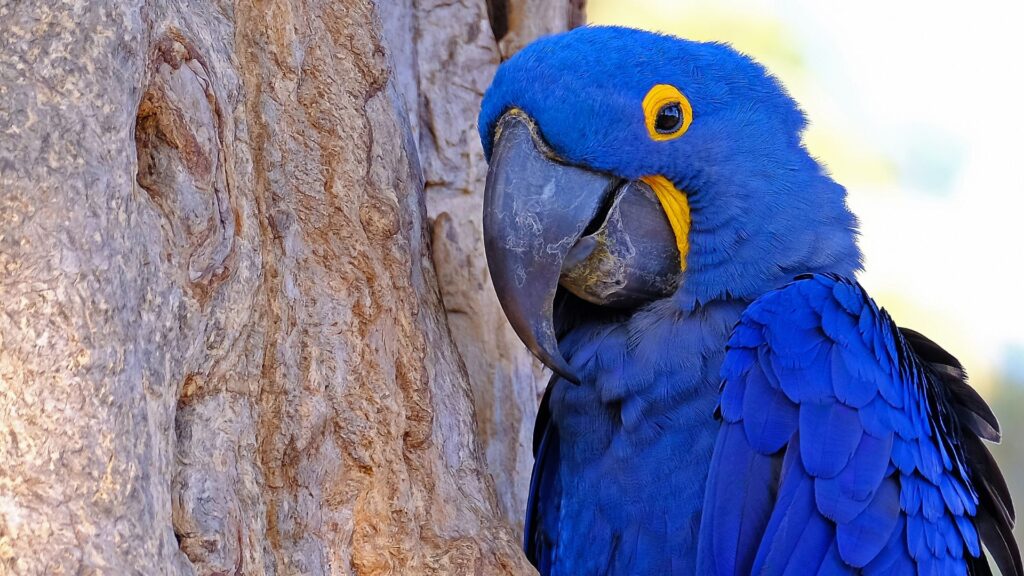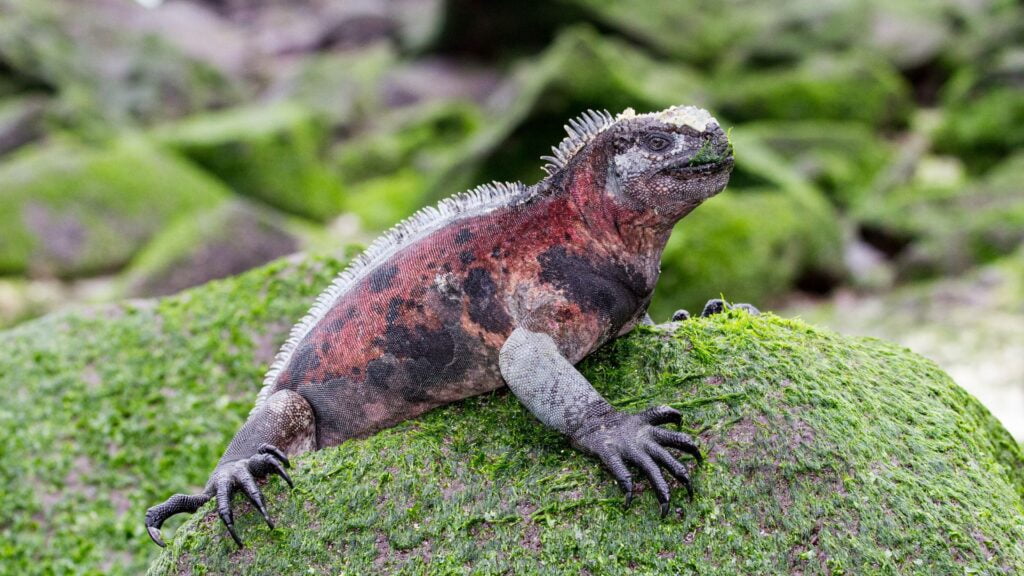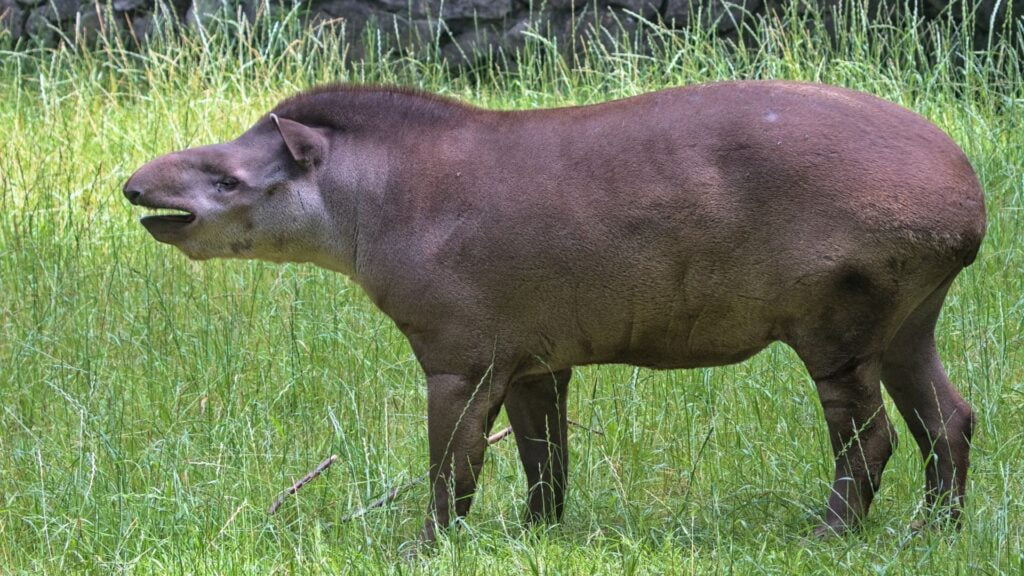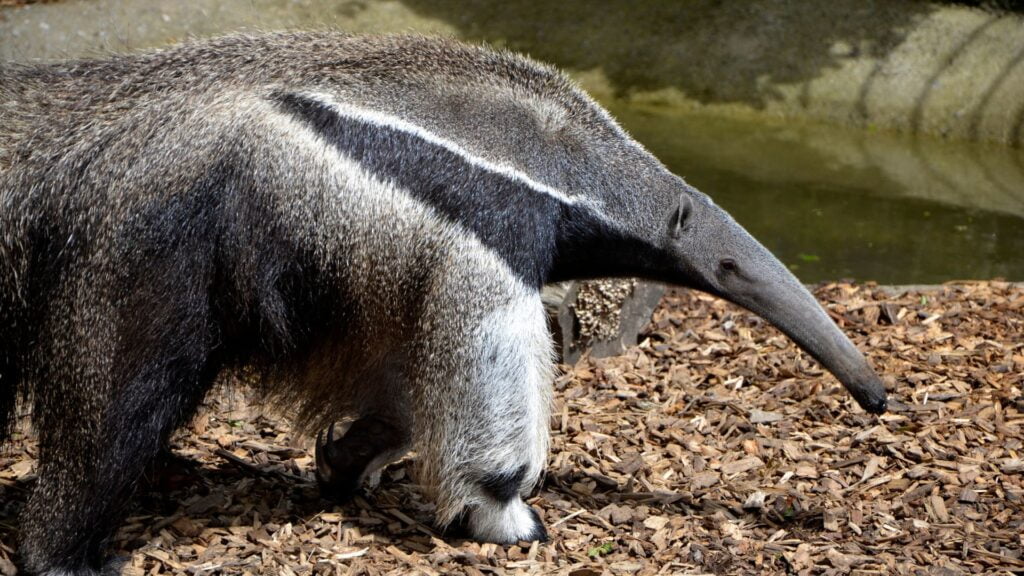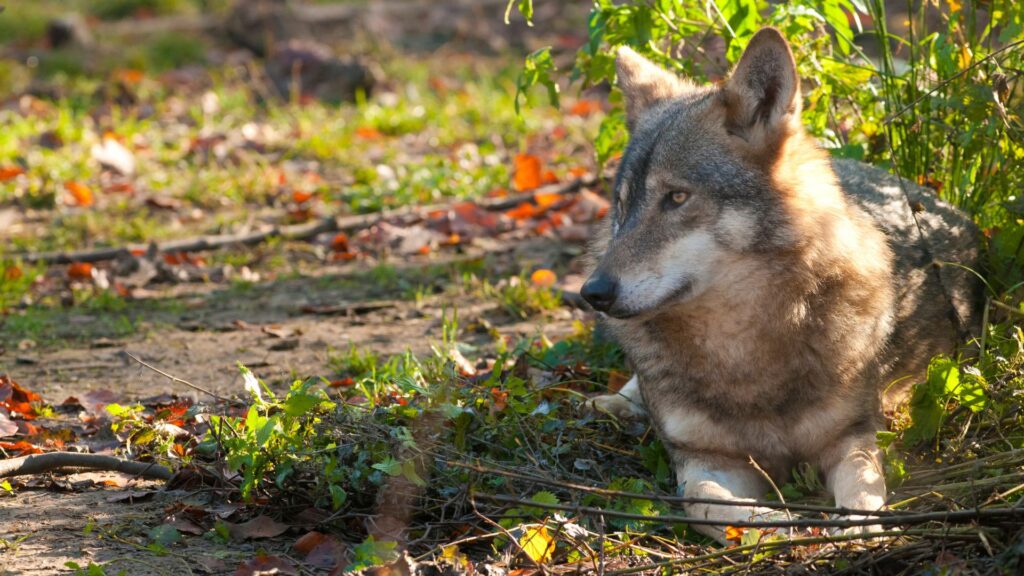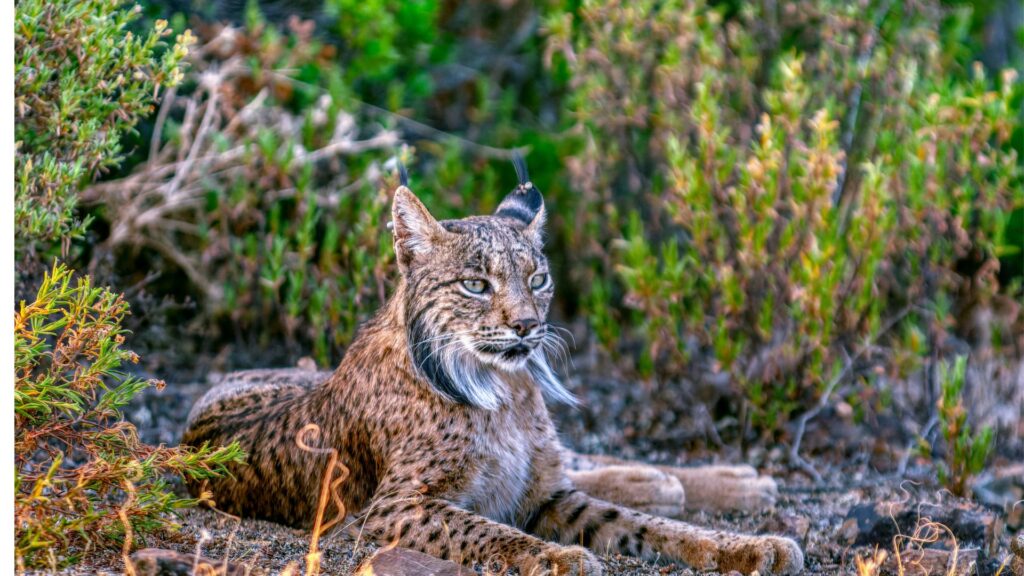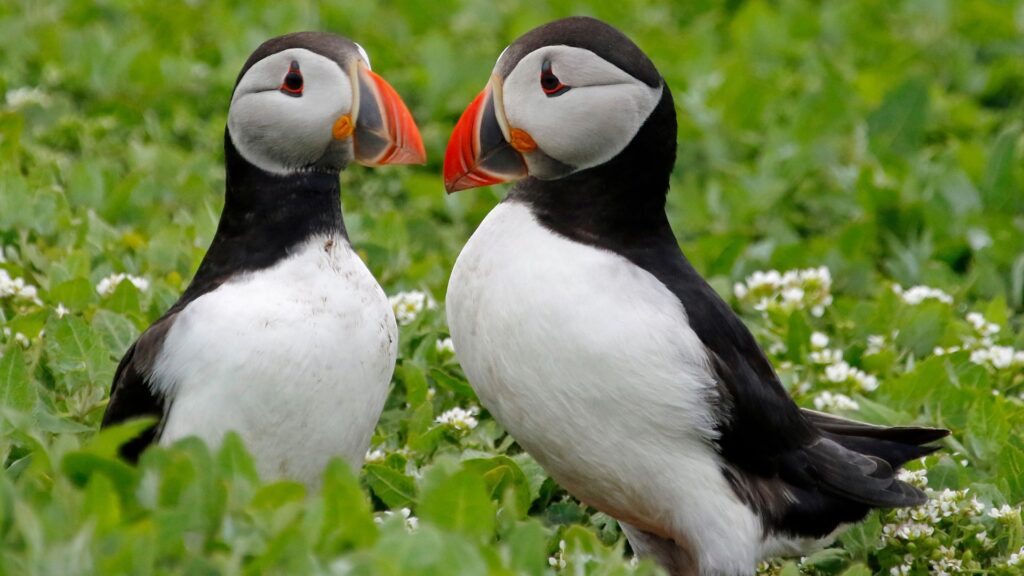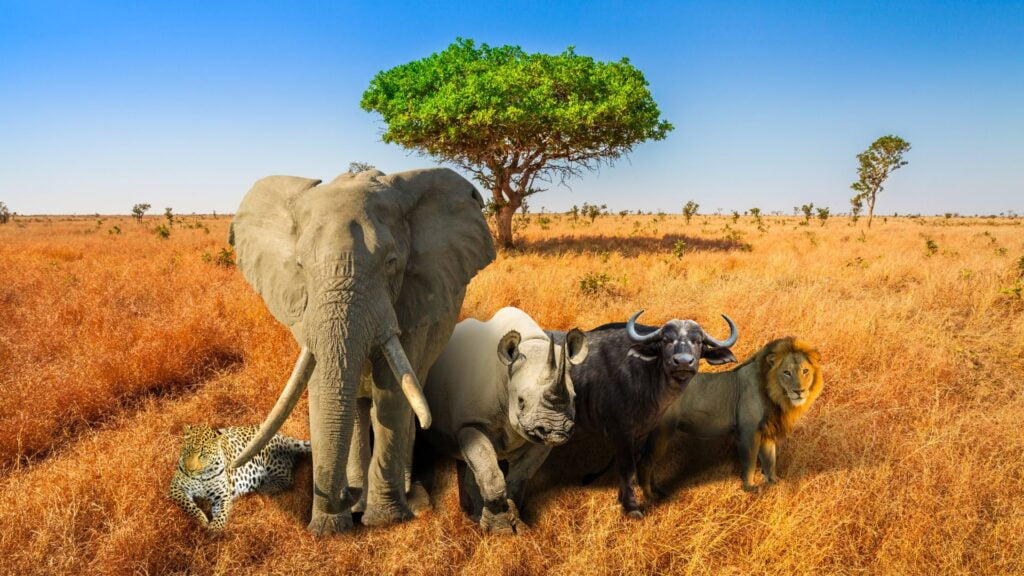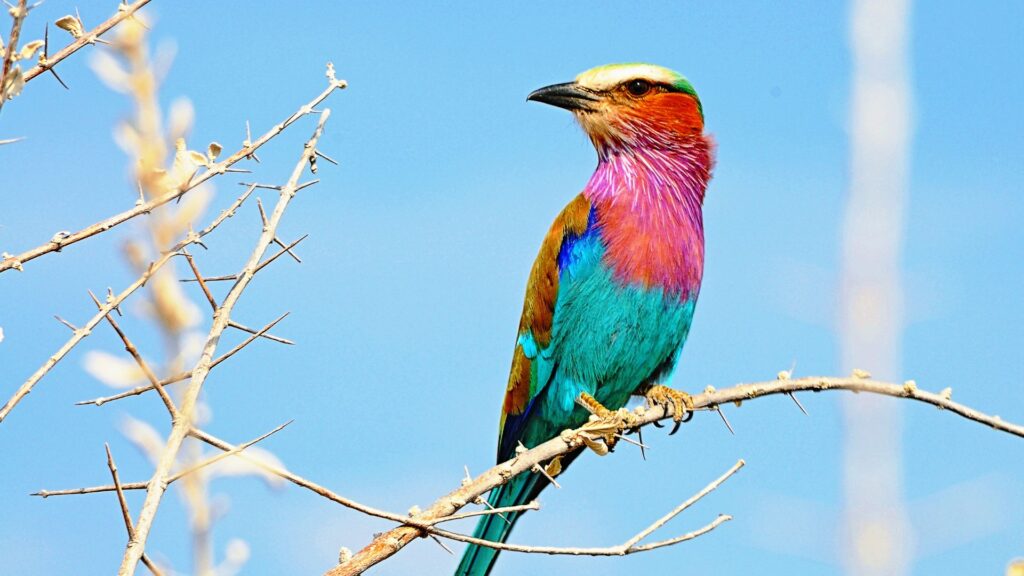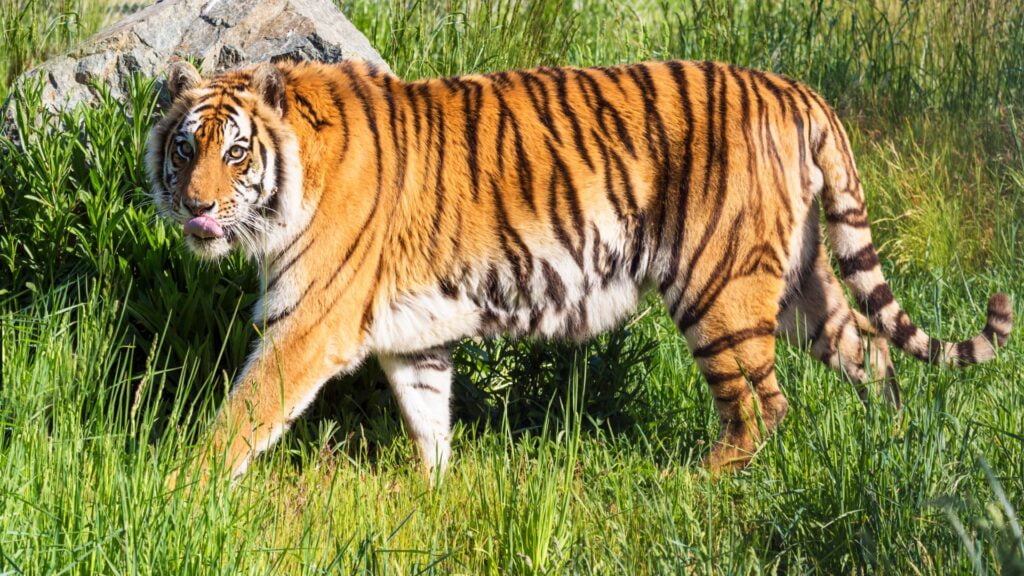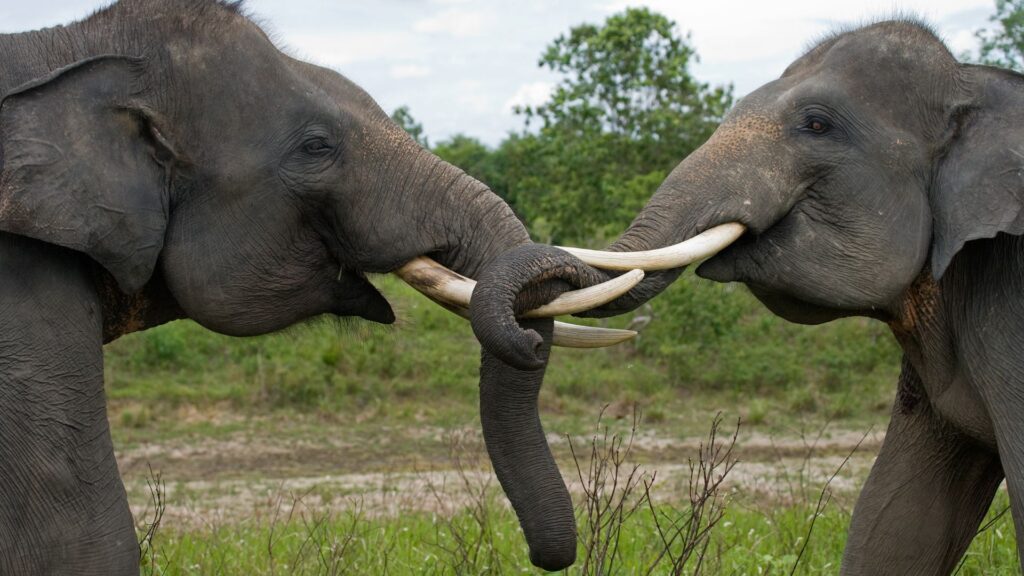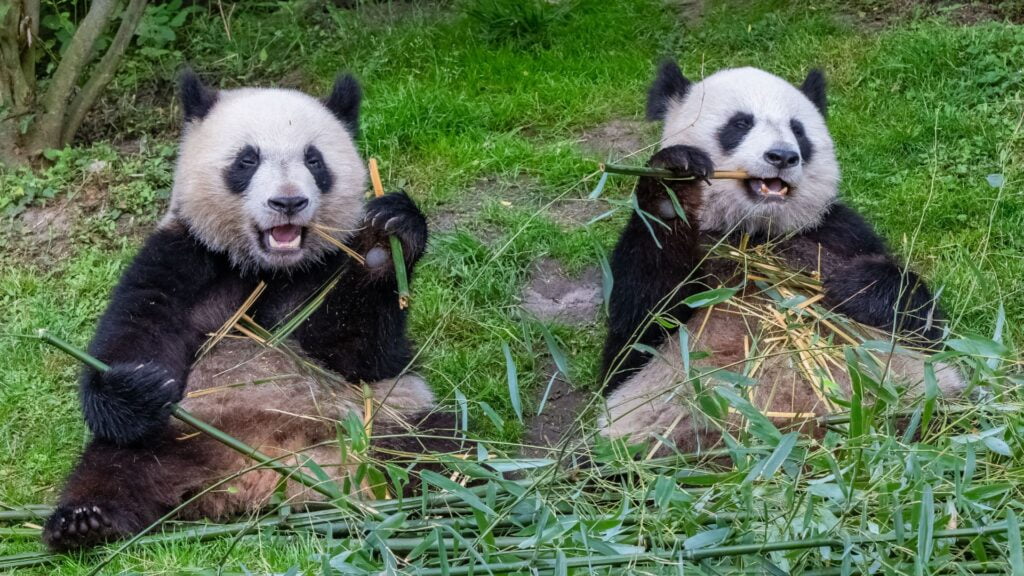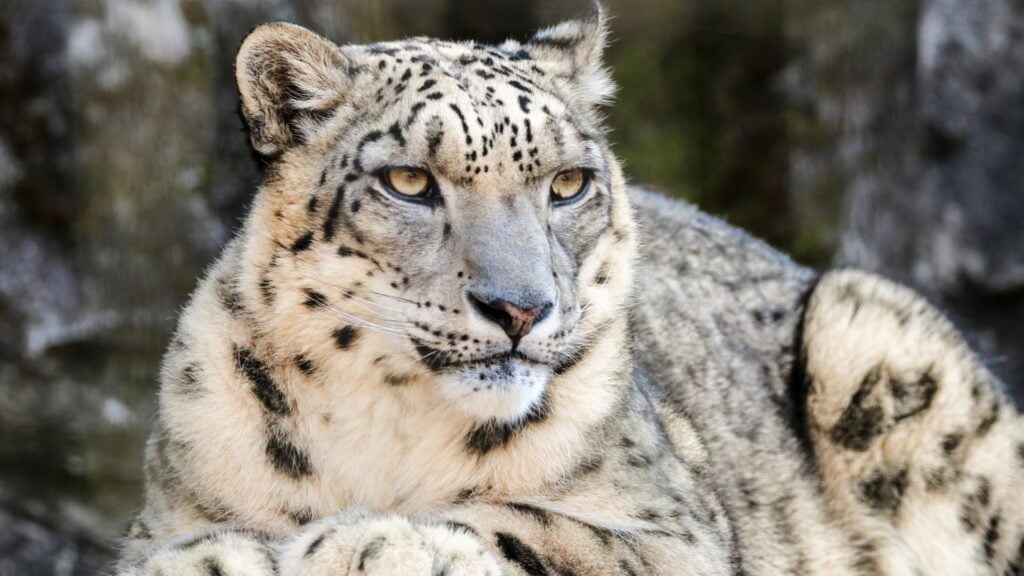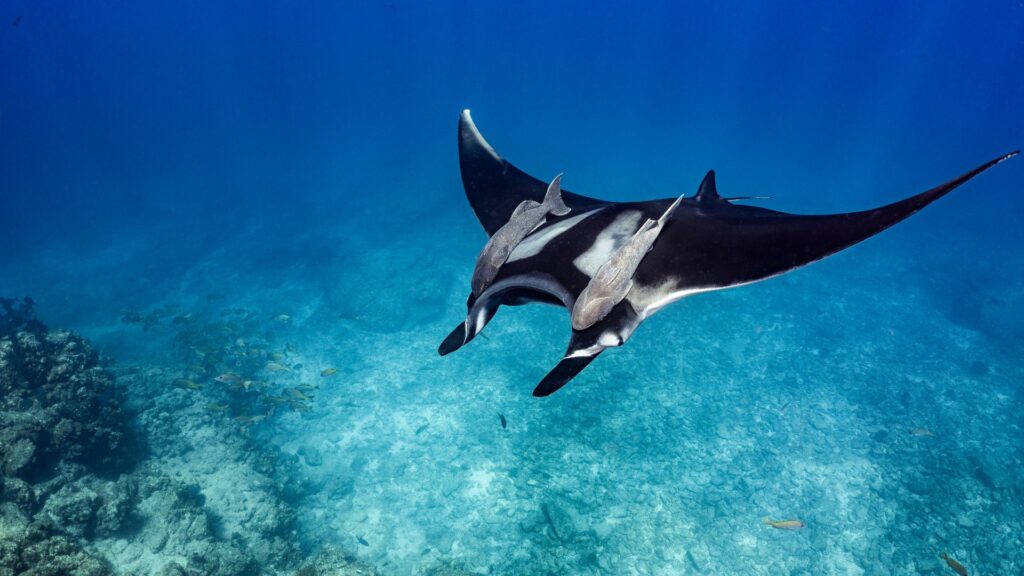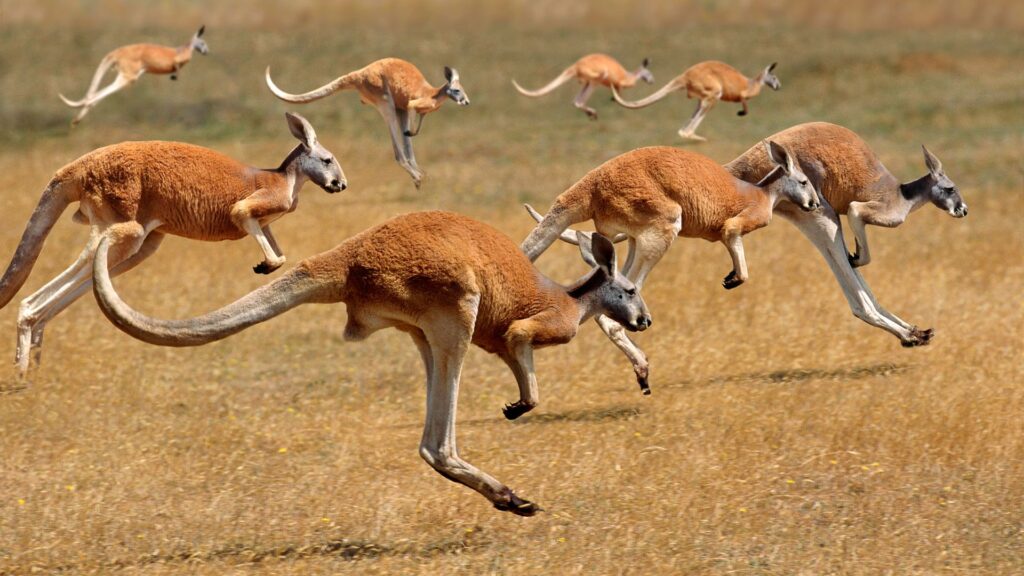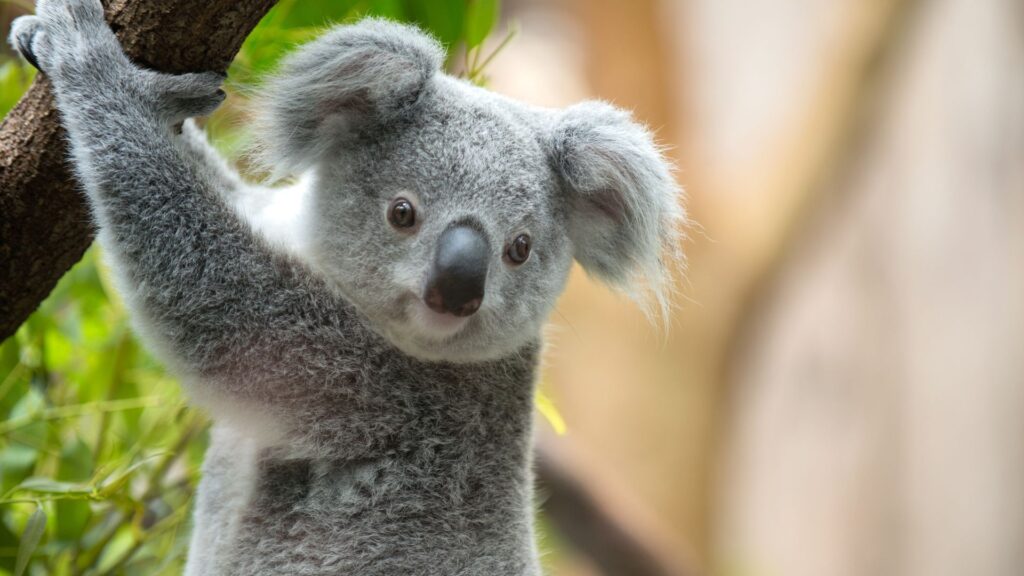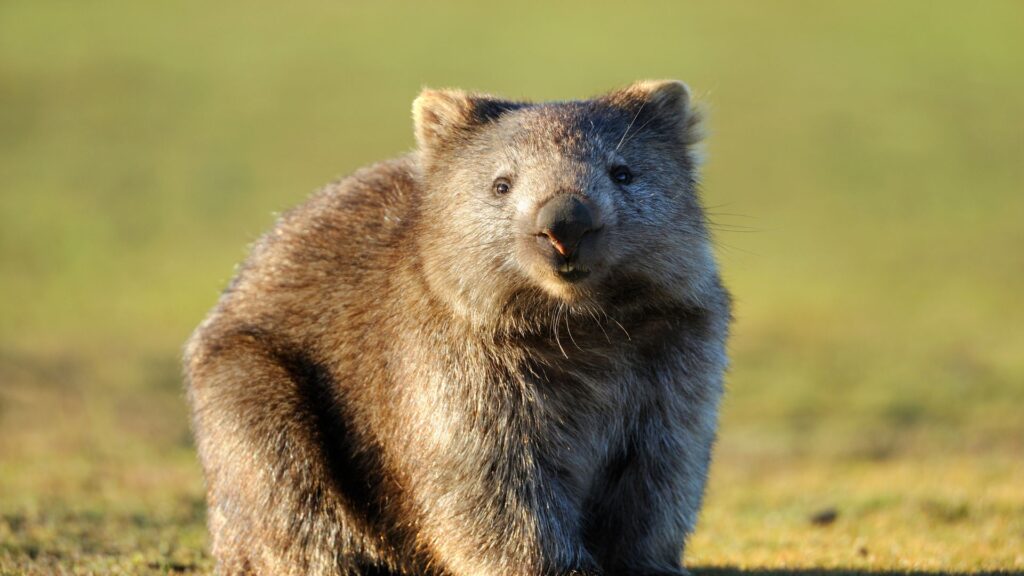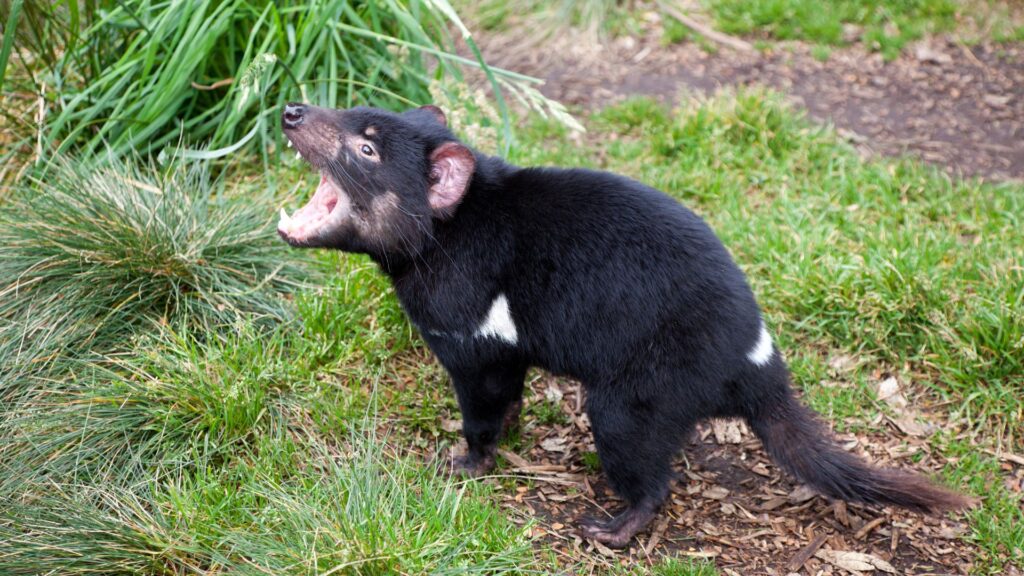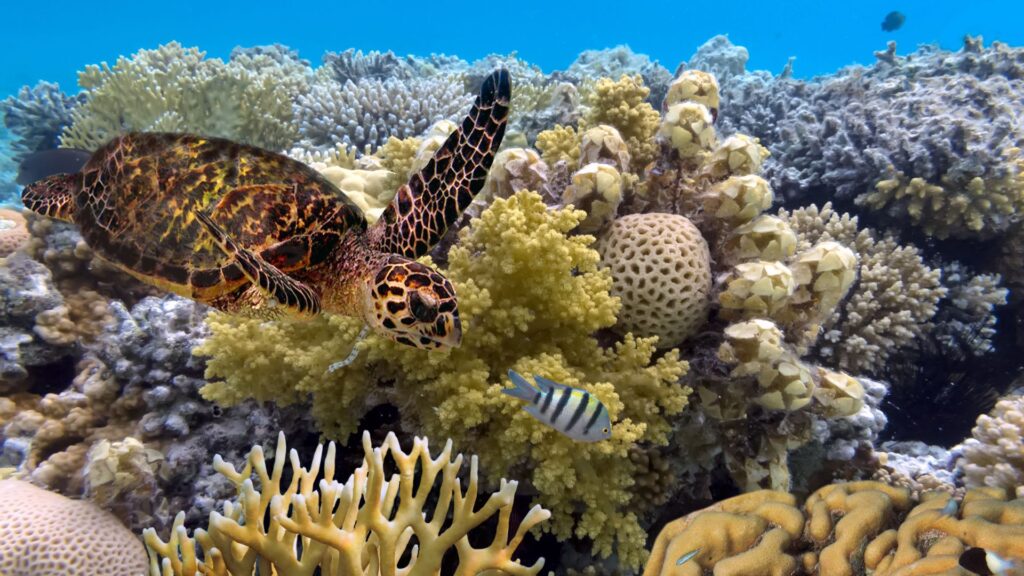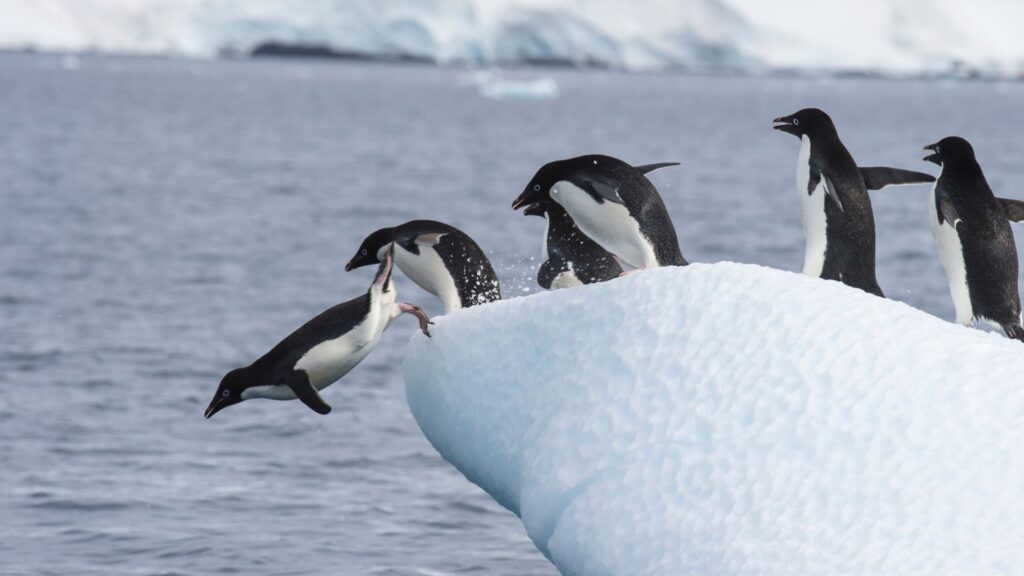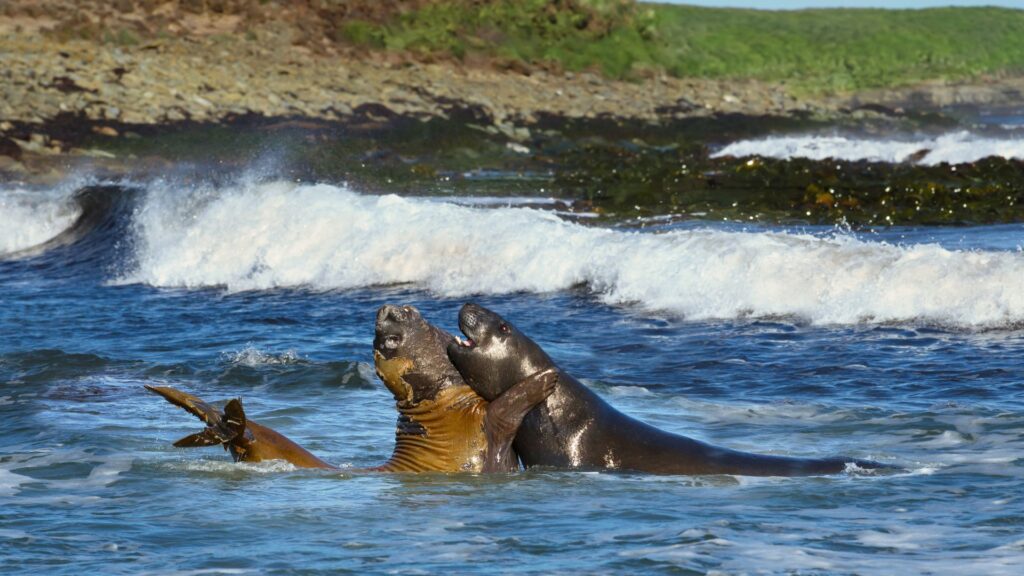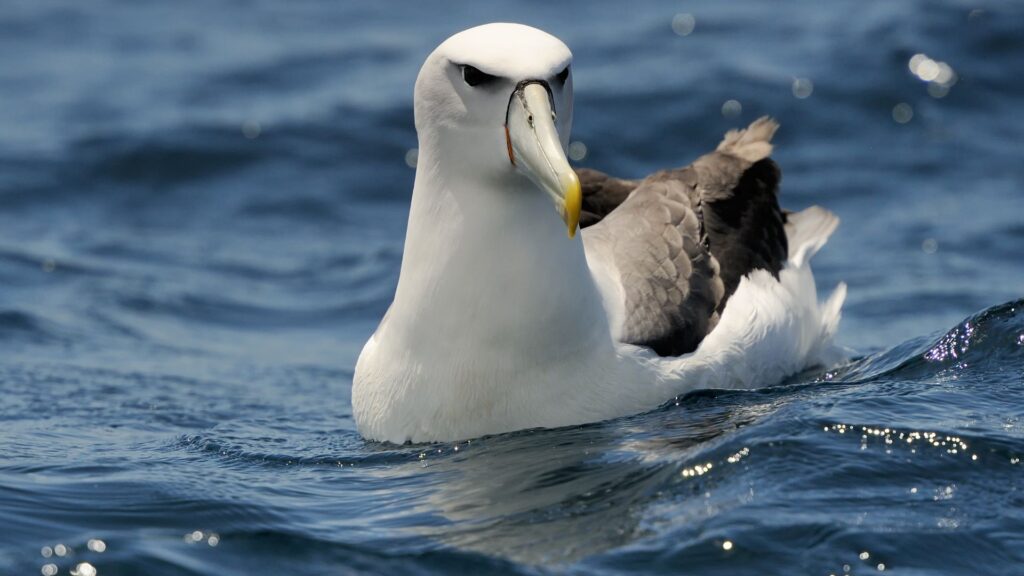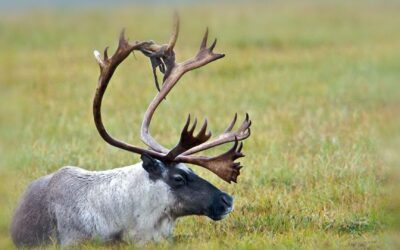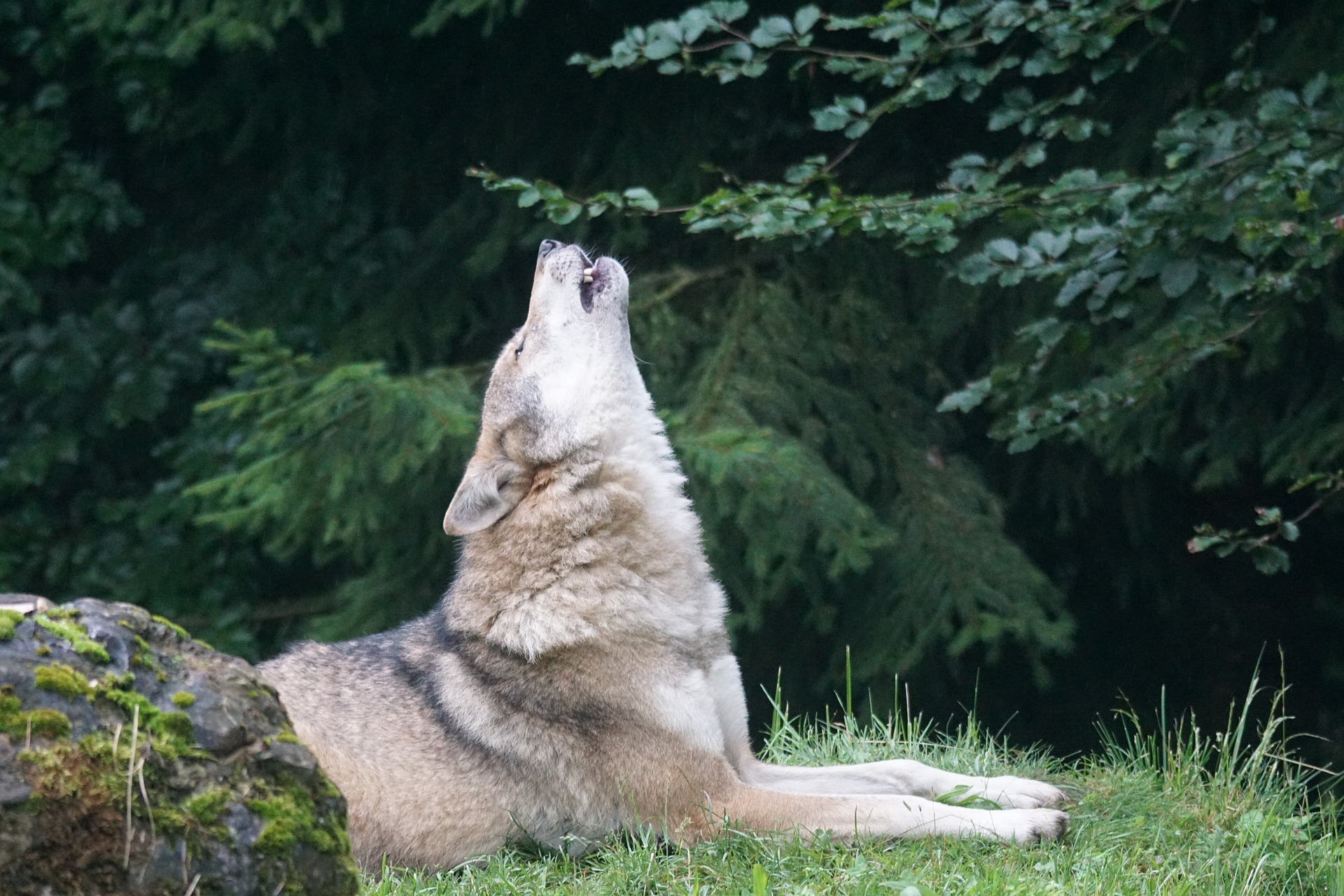Thinking of combining dog and cat video sessions with some wildlife adventure? There are plenty of options to choose from. There are wildlife tours in North America’s national parks, South America’s Amazon Rainforest, Africa’s savannahs, Asia’s many habitats, Australia’s rugged landscapes and Antarctica’s icy expanses. Think grizzly bears, bison, pink river dolphins, jaguars, lions, elephants, giraffes, tigers, pandas, kangaroos, and penguins, to name a few. Here’s a non-exhaustive list of animals to see on each continent.
North America– A place where national parks have grizzly bears, bald eagles, and bison
Bears: Yellowstone National Park is a prime destination for bear sightings, hosting both grizzly bears and black bears. Grizzly bears are typically spotted in the Lamar Valley, Hayden Valley, and along Yellowstone Lake, especially during early morning and late evening when they are most active. Black bears, which are more numerous, are often seen around Tower-Roosevelt and the northern parts of the park.
Two Yellowstone bears
Katmai National Park in Alaska is also known for its brown bear population, with around 2,200 brown bears living in the area. Katmai is said to offer one of the most spectacular bear-viewing experiences in the world.
Wolves: Yellowstone is also a good location for observing gray wolves. Reintroduced to the park in the mid-1990s, wolves can now be seen in the Lamar and Hayden Valleys, often in the early morning or late evening. These are places where you may witness wolf packs interacting within their natural environment.
And before you get close to a wolf pack, feel free to find out some key facts about wolves you may not know.
Bison and Moose: Yellowstone is particularly famous for its large herds of bison and moose. The Lamar Valley, often referred to as “America’s Serengeti,” is one of the best places to see bison. Moose are typically found in the park’s wetter areas, such as along the Snake River and near Yellowstone Lake.
An American bison
Caribou: The caribou, also known as the North American reindeer, are best observed in the Arctic regions. The Porcupine River caribou herd, which congregates in northern Alaska’s Arctic National Wildlife Refuge, offers a pretty sight with nearly 225,000 animals migrating together. The migration typically occurs from late June to early July, providing a thrilling wildlife experience as these massive herds move across the tundra and swim icy rivers.
Find out a few things you might want to know before you meet a caribou.
A caribou from Alaska
Marine Life: The coast of Vancouver Island is one of the best locations to see members of the marine community, including orcas, gray whales, and humpback whales. Consider going on a whale-watching tour to see these large creatures often accompanied by other marine species like seals and sea lions.
An orca
Birds: Perhaps the most representative member of North America’s bird community is the bald eagle. Blue jay and the Northern cardinal are other species that inhabit the continent and can be spotted on a wildlife tour.
A bald eagle flying
You may want to check out nature and wildlife tours in North America
South America – That place with pink river dolphins, jaguars, and capybaras, with the lush Amazon Rainforest providing a vibrant backdrop
South America is where the Amazon Jungle is located. As such, it is an obvious place for wildlife watching. The Pantanal, the world’s largest tropical wetland, is a biodiversity hotspot teeming with a variety of species.
Jaguars: The Pantanal is arguably the best place in the world to see jaguars in the wild. Jaguars here are more active during the day compared to other regions, making sightings more frequent. Popular spots for jaguar watching include the Porto Jofre area and the Meeting of the Waters State Park, both accessible via boat safaris.
A jaguar from Pantanal
Amazon Wildlife: The Amazon Rainforest is an obvious prime location for wildlife enthusiasts. You can spot pink river dolphins, caimans, howler monkeys, and plenty of bird species, including macaws and toucans. The dense, lush environment of the Amazon is also home to the giant otters and sloths.
Easy to see why they’re called Howler monkeys
Birds: The Amazon Rainforest is a confy place for birds, including macaws, toucans, and harpy eagles. The Pantanal is home to over 650 bird species, including the striking hyacinth macaw and the jabiru stork.
A hyacinth macaw from Brazil
Marine Life: The Galápagos Islands is one of those marine environments where you can see sea lions, penguins, and marine iguanas. These islands are famous for their unique biodiversity and, thus, the opportunity to see species that are not found anywhere else in the world.
Marine iguanas spend time on land as well
Unique Mammals: Beyond the jaguars and dolphins, South America is home to fascinating mammals like anteaters and tapirs. The giant anteater can be seen in various national parks across the continent, and the tapir, often spotted in the Pantanal, is quite a rare sight as well.
This is how a South American tapir looks like
The giant anteater, a specie that actually lives on Earth
Consider checking out nature and wildlife tours in Central and South America.
Europe – The place to go for wolves, brown bears, lynxes living near castles
Less wild than other continents, Europe only has a few large mammals, including gray wolves and brown bears.
Wolves: The Sierra de la Culebra in Spain is one of the best places to spot Iberian wolves. This mountainous region in Zamora has one of the densest populations of these wolves in Europe. You can take a guided tours to track and observe these wolves in their natural environment, often involving early morning and evening waits at key observation points.
A gray wolf from Romania
Brown Bears: The Carpathian Mountains in Romania and parts of Scandinavia, such as Sweden, are the best locations for spotting brown bears. The Carpathian Mountains, in particular, are home to a significant population of brown bears, with Transylvania being a major hotspot for seeing them foraging and interacting in the wild.
Iberian Lynx: The Sierra de Andujar Natural Park in Spain is a key refuge for the Iberian lynx, one of the world’s most endangered feline species. The park offers guided tours to spot the lynx, especially during the cooler parts of the day when they are more active. While in the park, you will also find red deer and imperial eagles.
An Iberian lynx
Birds: Europe is a haven for bird watchers, with destinations like the Faroe Islands and the Danube Delta in Romania being places where you can see the Atlantic puffins and a variety of other bird species. The Danube Delta, in particular, is one of the best-preserved river deltas in Europe and hosts a large diversity of bird life, making it a top spot for the ornithologist in you.
Two Atlantic puffins
How about some nature and wildlife tours in Europe?
Africa – Home to lions, elephants, giraffes, and vast savannahs
Many of those who think of a trip to Africa think of safaris. This is, after all, the continent where the so-called Big Five—lion, leopard, elephant, rhino, and buffalo—are the stars of the show.
Lions and Leopards: Lions are often seen lounging under trees or near water sources, especially during cooler parts of the day. They are highly social and are usually found in prides. Masai Mara National Reserve in Kenya and Serengeti National Park in Tanzania are among the most popular locations to observe them. Leopards, being more elusive, are harder to spot but are often found resting in trees. The Sabi Sands Private Game Reserve in South Africa is known for its frequent leopard sightings.
Elephants and Buffalos: Elephants can often be seen grazing or moving in herds, but you probably already know that. The Okavango Delta and Chobe National Park in Botswana are good places to see them. Buffalos, also usually found in herds, are a common sight in Kruger National Park in South Africa and Serengeti National Park. They are often seen grazing in open savannahs or near water bodies.
Rhinos: Africa has substantial populations of both black and white rhinos. Kruger National Park is one of the best places to see these creatures, especially the white rhino which prefers open areas, while black rhinos prefer thicker bush and are more solitary. Etosha National Park in Namibia is also a hotspot for black rhino sightings.
A fake image showing the Big Five joining forces for a cool pic
Birds: Kruger National Park host over 500 bird species, including eagles and the lilac-breasted roller. The Okavango Delta and Chobe National Park in Botswana are also good destinations for bird watching.
A colorful lilac-breasted roller
If you’re up for some African safari, check out these Middle East and Africa nature and wildlife tours.
Asia – That place where you go to see tigers, pandas, and orangutans
You might have heard that Asia is huge. With so much space, there’s room for a huge variety of landscapes, each offering a different kind of wildlife experience.
Tigers: Bandhavgarh and Ranthambore National Parks are two of the best places in India to see the famous Bengal tigers. Bandhavgarh, located in Madhya Pradesh, has one of the highest densities of Bengal tigers in the world. The park’s varied terrain of dense forests and open meadows makes it an ideal habitat for tigers, and sightings are frequent. Ranthambore National Park in Rajasthan is not only a good place for tiger sightings but also a backdrop of ancient ruins and a UNESCO World Heritage site, Ranthambore Fort.
A Bengal tiger displaying his tongue for some reason
Elephants: Asian elephants can be seen in various national parks across India and Sri Lanka. In India, the best places to observe these giants include Periyar National Park in Kerala and Kaziranga National Park in Assam.
Asian elephants playing
Pandas: The Sichuan province in China is said to be the best place to see giant pandas. The Chengdu Research Base of Giant Panda Breeding is particularly famous for its conservation efforts and provides you with opportunities to observe these animals up close.
Two giant pandas eating bamboo
Snow Leopards: High in the mountains of Central Asia, snow leopards roam the remote regions of the Himalayas. Ladakh in India is one of the few places where dedicated tours are organized to spot these rather elusive creatures. Winter months, when snow leopards descend to lower altitudes, offer the best chances of sightings.
Can you guess which species this one belongs to?
Marine Life: The Coral Triangle, which includes parts of Indonesia, is a biodiversity hotspot for marine life. Komodo National Park, for example, is a place with clear waters, pretty coral reefs, and species such as whale sharks and manta rays.
This is a Manta ray
Perhaps it’s time to get ready for some nature and wildlife tours in Asia.
Australia – An often-rugged outback filled with kangaroos, koalas, and platypuses
Australia is the place where you’ll find unique creatures that have become world-famous, such as kangaroos and koalas. A less known community are the wombats.
Kangaroos and Koalas: Kangaroo Island, off the coast of South Australia, is one of the best places to see kangaroos and koalas. The island’s Flinders Chase National Park provides a sanctuary for these animals, alongside other wildlife like seals and echidnas.
A bunch of kangaroos out for a walk
Lone Pine Koala Sanctuary in Brisbane is another good spot to see and interact with koalas. Established in 1927, it’s the world’s first and largest koala sanctuary. Visitors can hold koalas (cute, right?) and have some fun walking through the Koala Forest.
Here’s a koala for you to look at
Wombats: Tasmania is the home of the surprisingly fast wombat. Cradle Mountain is a particularly good location to spot these animals in the wild, often sharing their habitat with wallabies and the famous Tasmanian devils.
This is a wombat
A probably typical Tasmanian devil
Marine Life: The Great Barrier Reef is without a doubt one of the most iconic natural ecosystems. If you do a snorkeling and diving trip you may see not only colorful coral reefs but also sea turtles and even the occasional reef shark. Even better, humpback whales can be seen migrating along the Australian coast between May and November.
A Green turtle swimming in the Great Barrier Reef
If you want to see kangaroos or koalas, you may well want to take a look at some Australian nature and wildlife tours.
Antarctica – That far away land where penguins, seals, and whales live on ice
Antarctica is the place to go if you want to see Emperor penguins and beautiful albatrosses in their natural habitats.
Penguins: The remote Snow Hill Island in the Weddell Sea is a premier destination for seeing Emperor penguins. This island hosts a large colony of around 8,000 Emperor penguins, and visiting during the breeding season in November provides the best chance to see newly-hatched chicks. Expeditions typically involve ship-borne helicopter transfers due to the island’s inaccessibility by sea alone.
Penguins having fun in Antarctica
Seals: Antarctica is home to several seal species, including Weddell seals, Leopard seals, Crabeater seals, and Southern Elephant seals. These can often be spotted on the ice floes and shores throughout the region, particularly around the Antarctic Peninsula and South Shetland Islands.
A bunch of Southern Elephant seals
Birds: Albatrosses, such as the Wandering and Black-browed albatrosses, are commonly seen during Antarctic cruises. These birds, along with petrels and skuas, are frequently observed soaring above the icy waters.
An albatross from Antarctica
Going to Antarctica is no easy task, but if you’re up for the challenge (and why shouldn’t you?) here are some Antarctic tours for you.
Ready to meet new folk from non-human species?
Do you already picture yourself going to the savannah, where the Big Five roam freely. Or maybe tracking grizzly bears in Yellowstone, high-fiving a sloth in the Amazon, or trying to spot a snow leopard in the Himalayas? If you do, why don’t you get off your cozy couch/bed/chair/bed and start packing?
Useful resources
Do you want to know more about the many species of animals living on Earth. If you suspect this might be the case, feel free to check this animal encyclopedia.

